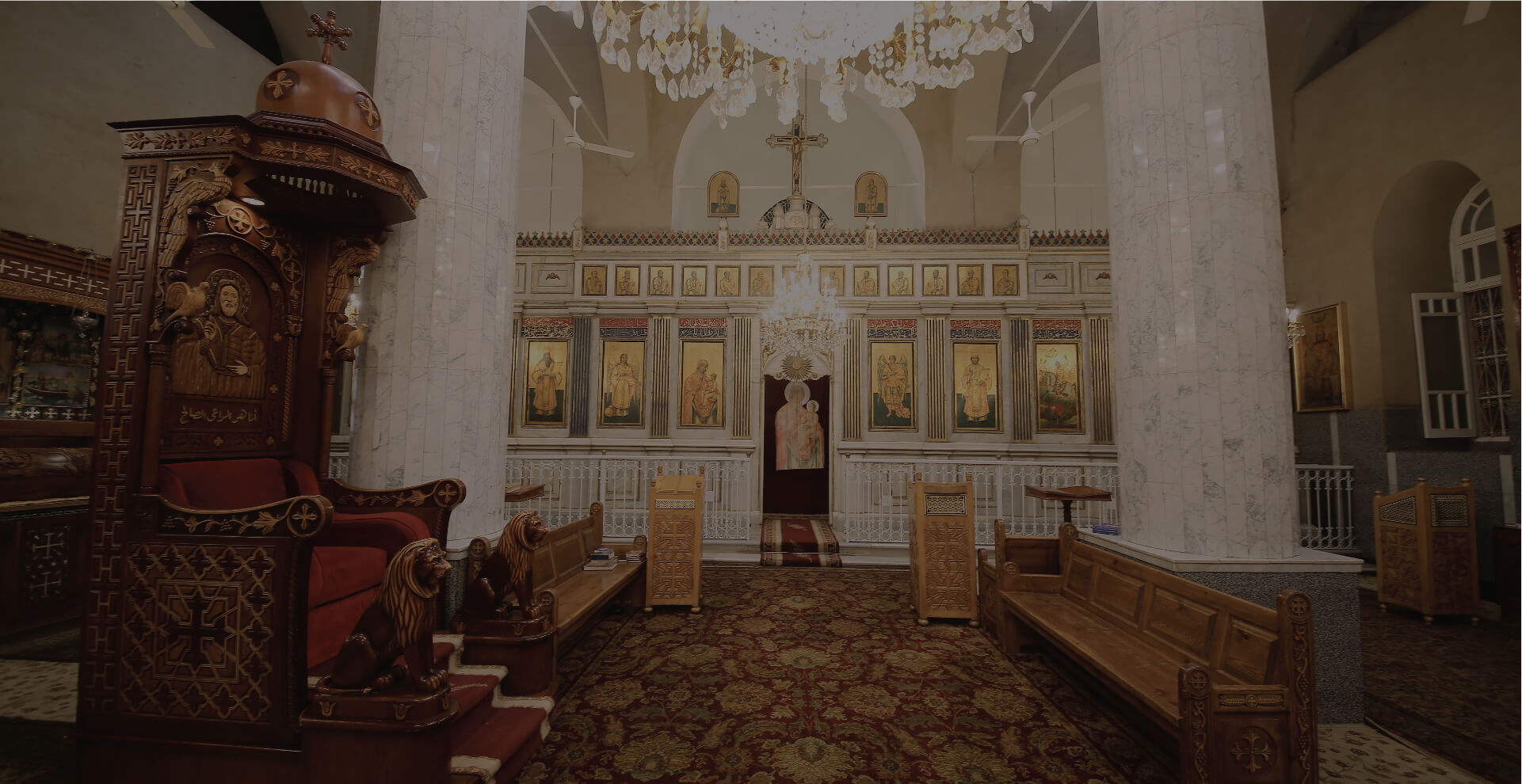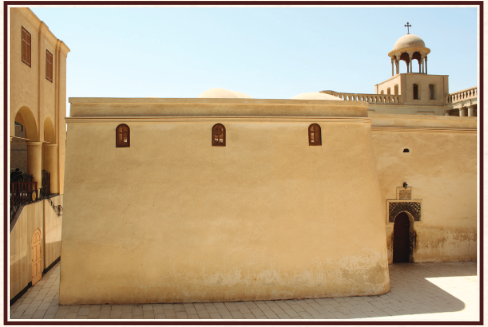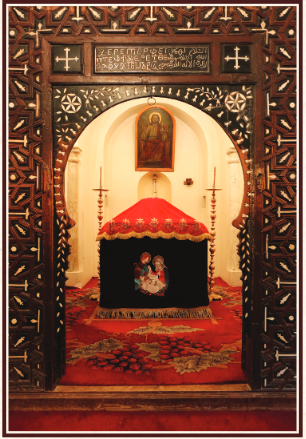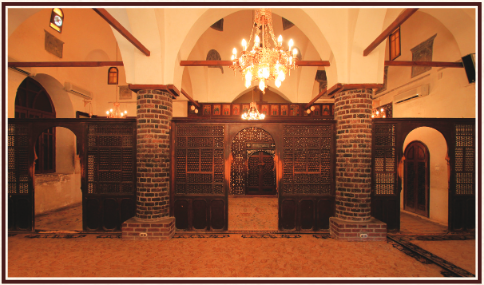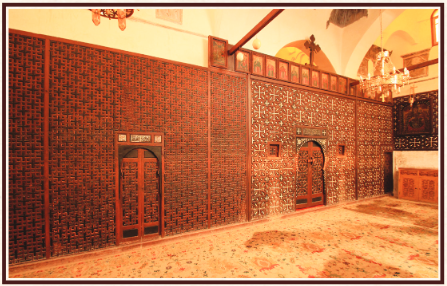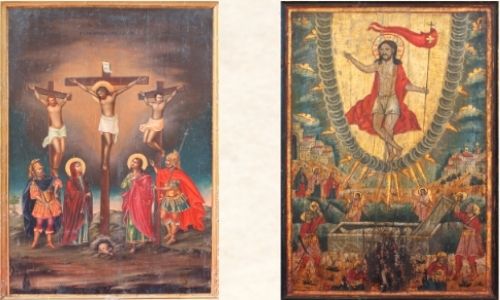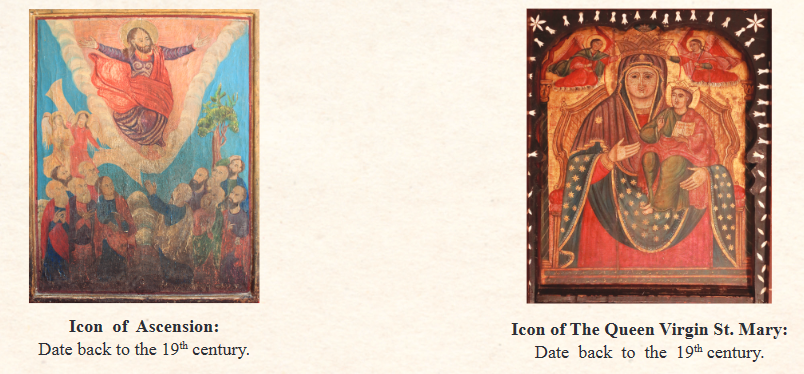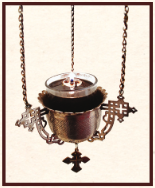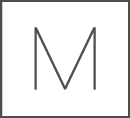Introduction
This church is the oldest in the monastery and is unique in its simple structure, taking into consideration the maintenance, repairs and modifications that have been made through the history of the church. It cannot be categorized under the geometrical style of the architectural art of any Coptic churches. In other words, it is distinguished by its simple and unsophisticated – not factitious – architectural structure. It is built of sun – dried brick. Its walls are unsymmetrical and unsystematic. There are no ornamental ancient Coptic patterns, engravings, dappling, variegations or drawings on its walls…etc.It is known that ancient architecture, especially the Coptic’s of ancient churches, has its own architectural identical rules that can identify the time of building through its style and inner divisions. Yet the simple structure of this church – unlike ancient churches in general – made it difficult to set or identify an architectural style that can lead to the artistic value of the building.The uniqueness of the impossibility of applying correctly the architectural rules on this modest
building of the church is a great witness to its antiquity and originality. Despite the maintenance carried out to the church, there has always been obviously steadfast convention, and an effective spirit of those who lived in the place through different ages to keep it simple even if they had to repair it. Although they could have built a cathedral instead, to be honorific and fit for the status and prestige of the place, which the Holy Family blessed during their visit and stay, they chose not to.The following is a detailed explanation of the church:

